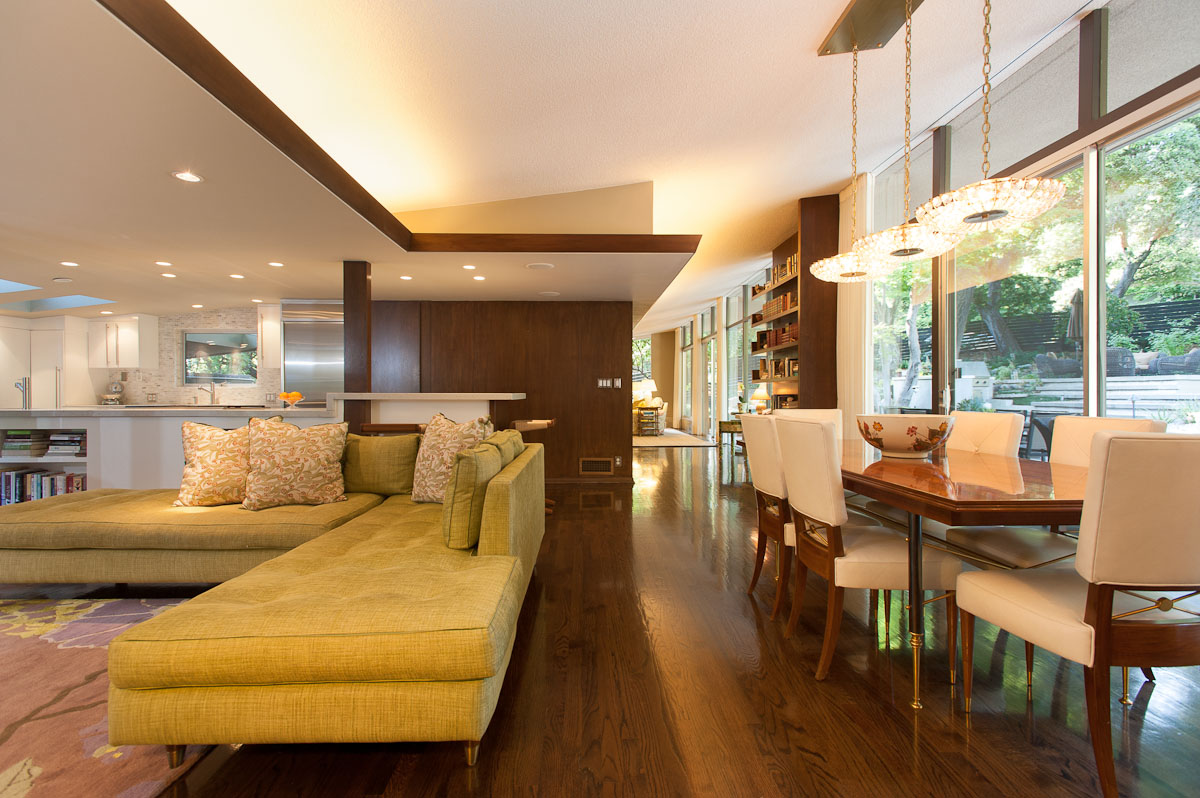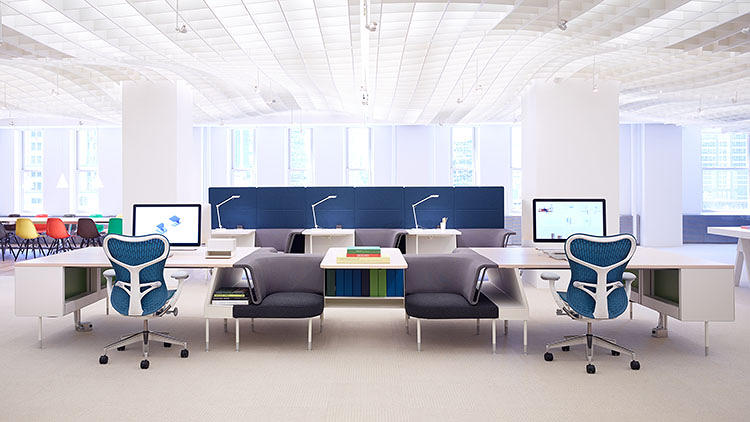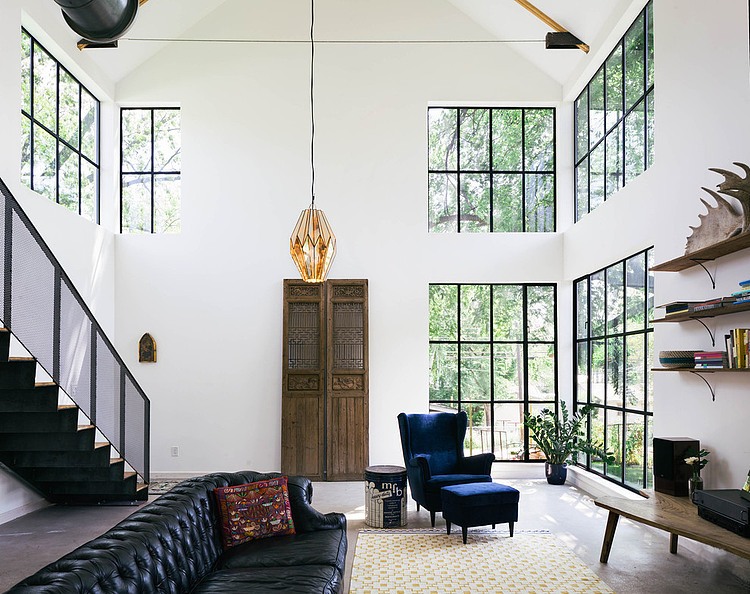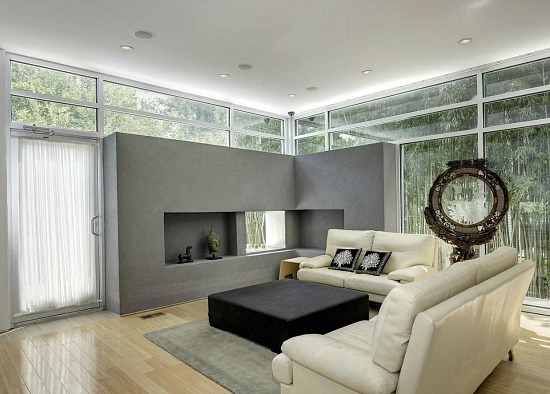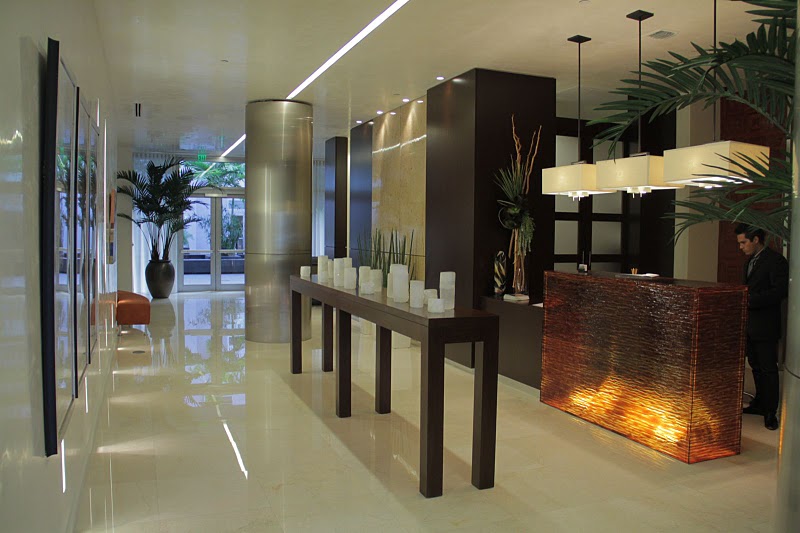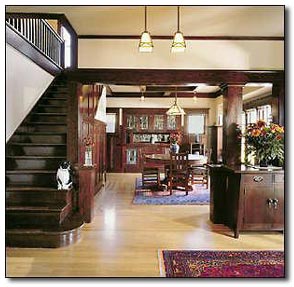Emma- She did an excellent job at describing the designers and each of their work. I also appreciated the fact that she searched for an extra credit video on one of the designers that we hardly talked about.
Riann- I like how Riann touched upon a little of everything. There was mention of the designers along with a description of their work. In addition Riann mentioned LEED and biophilic design which are a contributing factor to Post Modern design. The pictures also exemplified the period nicely.
Sunday, November 22, 2015
Friday, November 20, 2015
Post Modernism
One of the many influential designers of the Post Modern period was Robert Venturi. He thought of simplicity and logic as a cornerstone to modern design. In addition, he embraced decorative ornamentation and historical design concepts. He believed that limitations equaled boredom and dullness. Some of his work includes The Vanna Venturi House located in Chestnut, Philadelphia and the Chippendale chair which was manufactured by Knoll. The New York Five were a group of men who also contributed to the Post Modern design. The New York Five consisted of Michael Graves, Peter Eisenman, Richard Meier, Charles Gwatheney, and John Hejduk. Graves embraced decorative detail, as well as use strong color and form. Eisenman was a deconstructivist meaning that his designs were very fragmented, distorted, and unpredictable. Meier used white throughout his designs in addition to making the structures very geometric. Gwathmey was an architect and educator. Frank Gehry was also and continues to be one of the more famous of the architects and designers. He has made many contributions to the design world and after designing what he liked, rather than designing to please others, he became more confident and created spectacular structures. Some of these structures include the Disney Concert Hall, Guggenhiem Museum, and the wiggle chair. Rem Koolhaas was the one to bridge the gap between high tech and deconstructivist concepts with post modernism. Finally, designs are influenced by the world around us, and there are few today that impact the way designers and architects design buildings. Some design trends and influences we see today are based on geopolitical factors, economical factors, technology, education, and history.
Past
Present
Extra Credit:https://www.youtube.com/watch?v=VMM4yEoJW-E
Sunday, November 15, 2015
Peer Reviews
Rachael- I like how Rachael's blog introduced the structure before showing the picture of the actual place. It was a nice incorporation and was easy to follow along. I also liked how she chose more than one place to visit, and all of them being in different countries.
Amanda M.- I enjoyed reading Amanda's blog. It was short but held my attention. She included very fascinating photos. I also appreciated the fact that the presentation encouraged her to search for more structures.
Amanda M.- I enjoyed reading Amanda's blog. It was short but held my attention. She included very fascinating photos. I also appreciated the fact that the presentation encouraged her to search for more structures.
Saturday, November 14, 2015
Bucket List
This past week we heard about international locations with very unique and different styles. Not only were there apparent differences in their architecture, but there were noticeable differences in their design as well.
The place that stood out to me the most was the Denmark presentation. I like how they mentioned the fact about how it has the happiest people in the world. Their layout was nice and I like how they labeled their map, as it was easy to read. The first building Alicia, Amanda, and Stephanie described was Blue Planet which is an aquarium. The Blue Planet has water on all side and is intended to give the visitors a feeling of being under water. The building has five "arms" from the center of the aquarium so the guests can choose their own way around the aquarium. Next, they had mentioned Copenhagen Opera House which was built in 2004 and was made with limestone, marble, and 24 caret gold leaf ceiling. Ordrupgaard's most interesting feature was the extension that was added. It features black lava concrete and contrasts well with the original structure. The 8Tallet, which I found to be the most intriguing, was constructed in a figure eight design. It is a housing complex that includes apartments, gardens, and parks. Next, the Danner House which was built in 1875 is built from brick and incorporates arches. The building was influenced by the Spanish Barque design style. Finally, the Musikkens Hus has multiple concert halls made of concrete and glass and was built in 2010.
Blue Planet
Copenhagen Opera House
Musikkens Hus
8Tallet
Extra Credit: https://www.youtube.com/watch?v=6zOtJkhHgkw
The place that stood out to me the most was the Denmark presentation. I like how they mentioned the fact about how it has the happiest people in the world. Their layout was nice and I like how they labeled their map, as it was easy to read. The first building Alicia, Amanda, and Stephanie described was Blue Planet which is an aquarium. The Blue Planet has water on all side and is intended to give the visitors a feeling of being under water. The building has five "arms" from the center of the aquarium so the guests can choose their own way around the aquarium. Next, they had mentioned Copenhagen Opera House which was built in 2004 and was made with limestone, marble, and 24 caret gold leaf ceiling. Ordrupgaard's most interesting feature was the extension that was added. It features black lava concrete and contrasts well with the original structure. The 8Tallet, which I found to be the most intriguing, was constructed in a figure eight design. It is a housing complex that includes apartments, gardens, and parks. Next, the Danner House which was built in 1875 is built from brick and incorporates arches. The building was influenced by the Spanish Barque design style. Finally, the Musikkens Hus has multiple concert halls made of concrete and glass and was built in 2010.
Blue Planet
Copenhagen Opera House
8Tallet
Extra Credit: https://www.youtube.com/watch?v=6zOtJkhHgkw
Sunday, November 8, 2015
Peer Reviews
Scott- I like how Scott listed the characteristics with bullet points. This made it a very easy read, while still pointing out the main characteristics of this period. His pictures also allowed us to get a better understanding of the style of furniture that was popular during this time.
Morgan- I enjoyed how Morgan organized the blog. It was very fluid as well as thorough. I like how there was mention of certain architects and designers with examples of some of their work. The pictures were also great examples of mid century modernist design.
Morgan- I enjoyed how Morgan organized the blog. It was very fluid as well as thorough. I like how there was mention of certain architects and designers with examples of some of their work. The pictures were also great examples of mid century modernist design.
Saturday, November 7, 2015
Mid Century Modernism
Mid century modernism began in the 1950's and ended in 1960's. Many
characteristics that made up the designs during this time included flat
roofs, angular details, asymmetrical profiles, expansive walls of glass,
clean lines, bi-levels, wide open floor plans, and married indoor
spaces to the outside. These style of design was mainly prominent on
the West coast.
The color schemes that were most popular were warm/earthy tones which
consisted of mustard yellow; olive green; and pumpkin, and trendy colors
which included pink; gray; turquoise; black; and yellow. As for the
furnishings, plastics,
resin, metal composites, laminates, and fiberglass all helped to fuel their endless creativity.
Joseph Eichler was a Finnish-American architect that produced furniture with Knoll. Eichler developed mid- century tract housing subdivisions for the average American family. In addition, he made sure to include post and beam construction, open floor plan, glass walls, concrete floors. He also built over 11,000 homes.
Some of the famous furniture designers that contributed to mid century modernism included Eero Saarinen, Charles and Ray Eames, George Nelson, and Isamu Noguchi. Saarinen worked closely with Charles and Ray Eames. Some of his furniture pieces he developed were the tulip chair, the womb chair, and the executive chair. Charles and Ray Eames were architects, artists, industrial designers, and finally, filmmakers. They developed La Chaise, The Aluminum Group, Lounge Chair, Compact Sofa, and Walnut stools just to name a few. George Nelson was an American Industrial designer who designed the Coconut Chair and Marshmallow Sofa. Finally, Isamu Noguchi was an American artist, designer and landscape architect. He designed for Herman Miller and his most notable piece of furniture was the Noguchi table.
Joseph Eichler was a Finnish-American architect that produced furniture with Knoll. Eichler developed mid- century tract housing subdivisions for the average American family. In addition, he made sure to include post and beam construction, open floor plan, glass walls, concrete floors. He also built over 11,000 homes.
Some of the famous furniture designers that contributed to mid century modernism included Eero Saarinen, Charles and Ray Eames, George Nelson, and Isamu Noguchi. Saarinen worked closely with Charles and Ray Eames. Some of his furniture pieces he developed were the tulip chair, the womb chair, and the executive chair. Charles and Ray Eames were architects, artists, industrial designers, and finally, filmmakers. They developed La Chaise, The Aluminum Group, Lounge Chair, Compact Sofa, and Walnut stools just to name a few. George Nelson was an American Industrial designer who designed the Coconut Chair and Marshmallow Sofa. Finally, Isamu Noguchi was an American artist, designer and landscape architect. He designed for Herman Miller and his most notable piece of furniture was the Noguchi table.
Past
Present
Extra Credit: https://www.youtube.com/watch?v=WSg1iH3siM8
Sunday, November 1, 2015
Peer Review
Holli- Holli's blog was written nicely and had a lot of information that was well said. Her use of word's and pictures helped me to understand what Herman Miller is all about. I think she also did a great job at keeping the post organized and it flowed well.
Happy- She did a good job at describing Herman Miller and its background. She gave plenty of information and mentioned all the main designers that were talked about during the presentation. Overall her post was easy to understand and follow.
Happy- She did a good job at describing Herman Miller and its background. She gave plenty of information and mentioned all the main designers that were talked about during the presentation. Overall her post was easy to understand and follow.
Saturday, October 31, 2015
Herman Miller
Herman Miller is one of the world’s leading furniture companies and commonly known among designers. The company first started in 1906 under the name “Michigan Star Furniture Co.” In 1909 became “Michigan Furniture Co.”. DJ Dupree started gaining interest in the company and was made the president of Michigan Furniture Co at the age of 32. It wasn’t until 1923 that Dupree wanted to become the owner. Unfortunately he did not have the funds buy out the company so he asked his father-in-law for money. Dupree’s father-in-law agreed and gave him the money. Due to his kind gesture Dupree renamed the company after him, Herman Miller.
In
the beginning, Herman Miller produced mainly wood furniture. Gilbert Rohde was one of the designers hired
by the company whose main goal was to create modern furniture and place them in
every home. Another designer that worked
for the company went by the name of George Nelson. Nelson created the Herman Miller logo,
marshmallow sofa, and coconut chair.
Ray
and Charles Eames were another set of designers who worked for Herman Miller and happen to be husband and wife. Charles was an architect while Ray was focused more on design and film making. Together they produced movies, videos, fabrics, and
more. Charles was asked to design a leg splint for soldiers during World War II. He created the splint from bent wood and realized the strength and durability of it. This inspired him to create a
furniture line based off the leg splint design. Other popular designs included a rocking chair and leather chaise lounge.
Other designers included Alexander Girard who was a fabric designer that worked for Herman Miller. Robert Propst developed a system called action office. His main goal was to provide a creative office environment within the company. Bill Stumpf designed the Aeron chair in 1994. He wanted it to suite the needs of the person sitting. It was the first all-mesh chair that became very popular. Herman Miller continues to create unique and quality furniture designs and has become one of the most popular furniture companies in the world.
Other designers included Alexander Girard who was a fabric designer that worked for Herman Miller. Robert Propst developed a system called action office. His main goal was to provide a creative office environment within the company. Bill Stumpf designed the Aeron chair in 1994. He wanted it to suite the needs of the person sitting. It was the first all-mesh chair that became very popular. Herman Miller continues to create unique and quality furniture designs and has become one of the most popular furniture companies in the world.
Saturday, October 10, 2015
Peer Review
Tiziri- I like how Tiziri incorporated the pictures within the information, it was easier to see what she was describing rather than trying to imagine it. I also like how she gave more bits of historical facts about France during this time.
Stephanie- Stephanie did an excellent job with her pictures. They accurately exemplify what Art Deco is all about. Her blog was easy to follow and she covered the main characteristics that make up the Art Deco style.
Stephanie- Stephanie did an excellent job with her pictures. They accurately exemplify what Art Deco is all about. Her blog was easy to follow and she covered the main characteristics that make up the Art Deco style.
Wednesday, October 7, 2015
Art Deco
Art Deco began in France in the 20's. During this time there was high tension between Functionalists and Decorators. The Functionalists focused on mass production, the common person, urban feel, and social good. Decorators on the other hand included more labor intensive craftsmanship, decorated for the elite market, and they were not concerned with social theory. Art Deco included many sharp angles, cubist form, and the use of aluminum and black lacquer. Art Deco came to the US and other European countries after WWII. The war sparked inspiration for many designers. New styles and designs emerged such as skyscraper furniture, along with strong decoration, rich materials, glass, and leather. In addition other essences of Art Deco are chevron, zig zag, folding screens, and large mirrors. This time period was influenced by Art Nouveau and introduced many designers such as Michael Roux Spitz, Jean Dunand, Maurice Dufrene, Jean Michael Frank, Jaques Emile Ruhlmann, and Eileen Gray. Art Deco was introduced to the US through the French Ocean Liner and brought a new and glamorous style to America.
Extra Credit: http://videos.hgtv.com/video/art-deco-style-0156888
Past
Present
Extra Credit: http://videos.hgtv.com/video/art-deco-style-0156888
Sunday, October 4, 2015
Peer Reviews
Micah- Micah gave a nice overview of the International Style. She presented excellent examples that really captured this design type. Overall, I think she did a great job depicting the information.
Happy- Happy's blog was very informative and easy to follow. I like how she had the information listed and bulleted. It was straight and to the point. She covered all the main points without the blog becoming too extensive.
Happy- Happy's blog was very informative and easy to follow. I like how she had the information listed and bulleted. It was straight and to the point. She covered all the main points without the blog becoming too extensive.
Saturday, October 3, 2015
The Emergence of Modernism: International Style
The international style began in 1920 and lasted until 1930. There were 3 main principles that went along with an international style design, which included expression of volume rather than mass, emphasis on balance rather than symmetry, and finally, expulsion of applied ornamentation. Some other attributes were transparency of buildings and the use of curtain walls, along with accepting mass production and technique. Many of the designs during this time were functional and geometric. In addition, rather than the exterior walls supporting the buildings, there came about a change, which included the columns of the structure supporting the building. The construction during this time was an honest expression of the structure. Some of the preferred materials used in this type of design were glass, steel and concrete. Some of the main influences of this style were Walter Gropius, Le Corbusier, Mies van der Rohe, and Frank Lloyd Wright. Walter Gropius started his own practice in 1911. His style consisted mostly of unornamented interiors along with a functional and industrial feel. Gropius was the most influential because he founded the Bauhaus in 1919. It was an education center which studied all the arts. There was an important relationship between emerging modernism and fine arts, architecture and design, town planning, advertising, and stage design. It was at the Bauhaus were students would learn and create things. 2 of the teachers that taught there were Marcel Breuer, who was a Hungarian modernist architect and furniture designer, and Wassily Kandinsky who was the founder of abstract art.
Another influential person of this time was Mies van der Rohe who was a German architect and was known for his use of rich materials, such as marble, textures, and colors. He coined the terms "less is more" and "God is in the details". Finally he was the head of the Architecture program at the Illinois Institute of Technology in Chicago and created the Farnsworth house which can be found in Plano, Illinois.
Extra Credit: The Bauhaus building by Walter Gropius, world heritage
https://www.youtube.com/watch?v=1VRuaRFMR30
Another influential person of this time was Mies van der Rohe who was a German architect and was known for his use of rich materials, such as marble, textures, and colors. He coined the terms "less is more" and "God is in the details". Finally he was the head of the Architecture program at the Illinois Institute of Technology in Chicago and created the Farnsworth house which can be found in Plano, Illinois.
Past
Present
Extra Credit: The Bauhaus building by Walter Gropius, world heritage
https://www.youtube.com/watch?v=1VRuaRFMR30
Sunday, September 27, 2015
Peer Reviews
Ashley- Ashley did a great job summarizing Frank Lloyd Wright and his designs. I like how she went in to detail about the certain types of characteristics and styles Wright used throughout his career. I also enjoyed looking at her chosen pictures, they were different from the other pictures student chose.
Hailey H- I like how Haley discussed some of the historical aspect of this time. It was a nice lead-in to Frank Lloyd Wright. She also did a nice job at mentioning Wright's connection to the Chicagoland area and how much of an impact he left there.
Hailey H- I like how Haley discussed some of the historical aspect of this time. It was a nice lead-in to Frank Lloyd Wright. She also did a nice job at mentioning Wright's connection to the Chicagoland area and how much of an impact he left there.
Friday, September 25, 2015
The Emergence of Modernism
The Emergence of Modernism began in 1900 and lasted about 50 years. It was during this time that advances were made with structures such as skyscrapers, trains, photography, and movies. Art Nouveau and the Prairie Style contributed to this Modernist movement. With the machine as the source of inspiration many of the designs were beginning to look industrial, cold, and clean. No ornamentation was included in these designs and most of the style was very functional. Some of the most important pioneers during this time included Frank
Lloyd Wright, Walter Gropius, Ludwig Mies Van Der Rone, and Le
corbusier.
Frank Lloyd Wright was the 1st major modern architect in America and from this time. He was born in Wisconsin and later went on to designing buildings all over the Chicago land area. In addition to being an architect, Wright was also an interior designer, writer, and educator. He designed over 1000 structures along with 532 works. Frank Lloyd Wright worked under Adler and Sullivan for a while but left to start his own business in Oak Park, IL in 1893. It was then that Wright began his new style of architecture which was called "Prairie Style". He made sure that there was unity in his planning, materials, structure, and site. The architecture was very organic and Wright made sure to consider the effect on man and the environment. Some of Frank Lloyd Wright's more well known structures include The Robie House, The Winslow House, Unity Temple, The Rookery, and Falling Water.
Extra Credit: https://www.youtube.com/watch?v=d1MNySVj0S0
Frank Lloyd Wright was the 1st major modern architect in America and from this time. He was born in Wisconsin and later went on to designing buildings all over the Chicago land area. In addition to being an architect, Wright was also an interior designer, writer, and educator. He designed over 1000 structures along with 532 works. Frank Lloyd Wright worked under Adler and Sullivan for a while but left to start his own business in Oak Park, IL in 1893. It was then that Wright began his new style of architecture which was called "Prairie Style". He made sure that there was unity in his planning, materials, structure, and site. The architecture was very organic and Wright made sure to consider the effect on man and the environment. Some of Frank Lloyd Wright's more well known structures include The Robie House, The Winslow House, Unity Temple, The Rookery, and Falling Water.
Past
Present
Extra Credit: https://www.youtube.com/watch?v=d1MNySVj0S0
Friday, September 18, 2015
Peer Reviews
Angie- I think Angie's blog was well said and nicely organized. She touched upon the key points of Protomodernism which resulted in an overall excellent blog post. It was not exceedingly long and held my attention.
Emma- Emma covered all the main parts of Protomodernism in a way that was easily understood. She also included a nice overview of the Deutcher Werkbund Movement, the Vienna Secession, and the De Stijl Movement. Her blog also provided unique, images for the current applications.
Emma- Emma covered all the main parts of Protomodernism in a way that was easily understood. She also included a nice overview of the Deutcher Werkbund Movement, the Vienna Secession, and the De Stijl Movement. Her blog also provided unique, images for the current applications.
Protomodernism
The Protomodernism period started in 1897 and lasted until 1959. One could begin to see the emergence of modernism throughout the many projects from this period. It was also a time of significant experimentation with forms and ideas. The Deutscher Werkbund Movement, the Vienna Secession, and the De Stijl Movement were all included in the Protomodernist time. The Deutscher Werkbund began in Munich, Germany in 1892: then Vienna, Austria in 1898; and finally Berlin, Germany in 1899. The Deutscher Werkbund was founded by Herman Muthesius and included high quality design as well as beauty. This movement was equivalent to the Arts and Crafts movement in that it too was a protest, a protest against artistic establishment. It was a lead in, for International Style and Art Deco Style. Next was the Vienna Secession. During the Secession many advances were made in art, history, psychology, and philosophy. In addition, the interest for culture and design grew. One could see the unity of the arts during this time. The Secession Building, designed by Josef Olbrich was solemn, yet festive, and was a major symbol of a "proto-modern" building. Some of the other influential figures from this time were Gustav Kilmt, Otto Wagner, Adolf Loos, Joseph Hoffman, and Koloman Mosser. Finally, was the De Stijl movement which began in the Netherlands in 1917. The term "De Stijl" means "the style" in Dutch, which is a very fitting adjective for this time. Most of the designs during the De Stijl movement revolved around elementary shapes as its main focus, planes, colors, and horizantal and vertical lines. Two important figures during this time were an architect named Gerrit Rietvald and an artist named Piet Mondriad. Gerrit Rietvald was one of the most influential designers of the century. Some of his works include the famous Schroder House whose design featured a flexible floor plan as well as bringing the indoors and outdoors together. Piet Mondriad was an artist inspired by cubist art form from France. He wanted to create a "new plasticity" all while focusing on the use of primary colors. Some of his works include "Composition in Red, Blue and Yellow" and "Broadway Boogie Woogie." Lastly, Protomodernism helped introduce the world to Frank Lloyd Wright. He was an early contributor to Modernism and developed an "American" architecture and vocabulary. His main focus was on residential homes and making them into "Prairie Style." His color palette was drawn from the indigenous plants of the Midwest and used throughout his designs. One of his most famous buildings that really exemplifies his best work is the Robie House.
Extra Credit: The Robie House
https://www.youtube.com/watch?v=plAjz9phId0
Past
Present
Extra Credit: The Robie House
https://www.youtube.com/watch?v=plAjz9phId0
Saturday, September 5, 2015
Peer Reviews
Allysia- Allysia's blog was very informative and to the point. She talked about the elements that made up Art Nouveau and what the main focus was during this time. Her pictures also corresponded well with her descriptions. And finally, the extra credit video showed us more interiors which gave us additional insight to the design elements.
Holli- I like how Holli described the Art Nouveau period. Her post was worded very nicely and the pictures she chose gave a lovely perspective of the designs and characteristics that were mentioned. Overall I believe she did a great job and helped me to understand this time period better.
Holli- I like how Holli described the Art Nouveau period. Her post was worded very nicely and the pictures she chose gave a lovely perspective of the designs and characteristics that were mentioned. Overall I believe she did a great job and helped me to understand this time period better.
Wednesday, September 2, 2015
Art Nouveau
The Art Nouveau period began in 1890 and lasted until 1910. Belgium and France were the main leaders of this movement and it was during this time, Europe was peaceful and prosperous. In addition, Art Nouveau was known for rejecting academic models, history,and the Victorian style. It instead used nature as an inspiration for design. This included trees, flowers, birds, vines, etc. Besides the designs being based on nature, this movement used modern materials and techniques. For example, the people from this period used iron and glass as well as industrial production as their form of technique. Many of the interiors also used electric lighting and had curvilinear attributes. Some of the influential designers and architects of this time were Victor Horta, Henry Van de Velde, and Hector Guimard. Victor Horta was a Belgian architect, designer, and teacher. His work during this movement was quite extensive. He created unique iron rails and handles, twisted iron balconies, large window frames, and featured asymmetrical facades. Henry Van de Velde was also important during this time. He began as a Belgian painter and designed his own house in 1894. His designs were very sculpture like. Furthermore, he helped to clarify "ornamentation" vs. "ornament." Finally Hector Guimard was the most significant figure in Paris at the time. Apart from designing hotels, Guimard created the entrances for France's metro system. Finally, Paris and the school of Nancy were major centers of Art Nouveau, in addition to being artistic and intellectual centers.
Extra Credit:
https://www.youtube.com/watch?v=wUyuoG2W2Ls
Past
Present
Extra Credit:
https://www.youtube.com/watch?v=wUyuoG2W2Ls
Saturday, August 29, 2015
Peer Reviews
Alicia S.- I enjoyed the way her blog was set up and written. Not only did she have detailed information, but she included pictures within the descriptions so it was easier to get a better understanding of what she was writing about. She provided very thorough information and gave plenty of examples of what the Arts and Crafts movement was all about.
Amanda M.- I liked how she gave a little bit more background information of the designers that she mentioned rather than just stating their names for the time period. She also gave excellent pictures and examples of interiors and furniture from that time period. I think the pictures she chose represent the Arts and Crafts movement very accurately.
Amanda M.- I liked how she gave a little bit more background information of the designers that she mentioned rather than just stating their names for the time period. She also gave excellent pictures and examples of interiors and furniture from that time period. I think the pictures she chose represent the Arts and Crafts movement very accurately.
Arts and Crafts Movement
The arts and crafts movement began in England from 1860 through 1910. William Morris was the founder of this movement and it arose as a reaction against the Victorian period. Britain's style during this time included well done interiors, built-ins, and were functional as opposed to the Victorian era whose design focused on ornate, formal, and overdone spaces. Some of the characteristics of the Arts and Crafts movement included heavy furniture, visible wood joints, predominant wood oak, exposed hinges, and more. William Morris formed his own company whose work concentrated on church decoration, stained glass, textiles, and furniture. Some other important figured in this time period were Phillip Webb-designed the Morris Chair, Charles Vosey- introduced white interiors, Gustav Stickley- inspired the Arts and Crafts movement in the U.S., and Charles Rennie Mackintosh-introduced exaggerated proportions such as the high back chairs. All these men made a contribution to the world of design that we still see today. This movement provided us with simple and honest designs, as well as inspire excellent craftsmanship.
Past
Present
EXTRA CREDIT: Gustav Stickley and the American Arts and Crafts Movement- Exhibition Tour
https://www.youtube.com/watch?v=6LTvnwisD2Q
Subscribe to:
Posts (Atom)

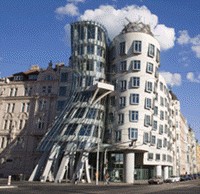





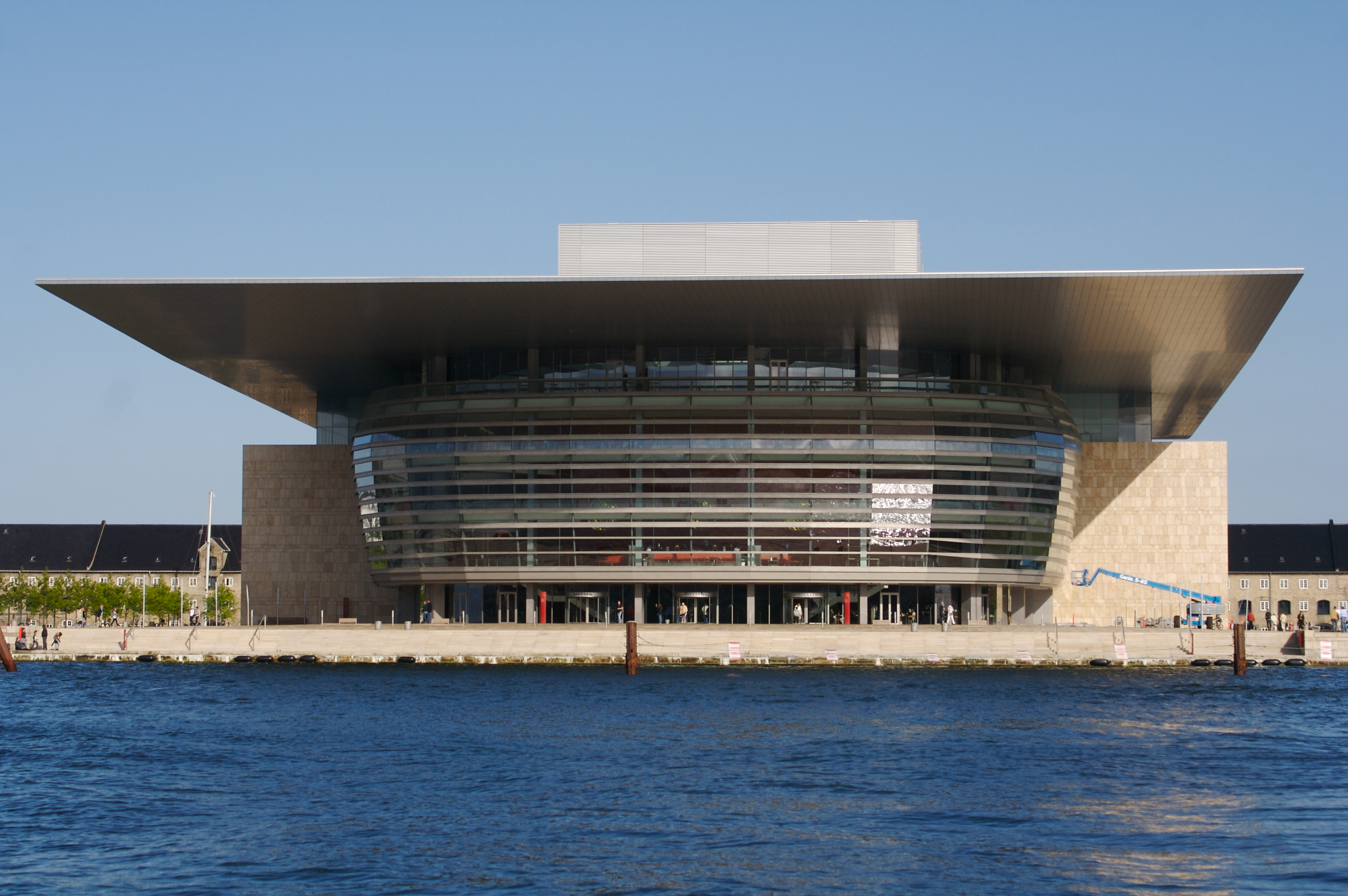

/47631/8T_Dragor_Luftfoto_1600x900.jpg)





